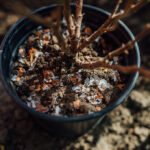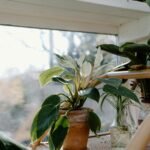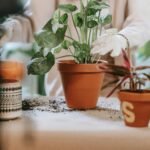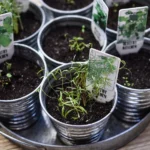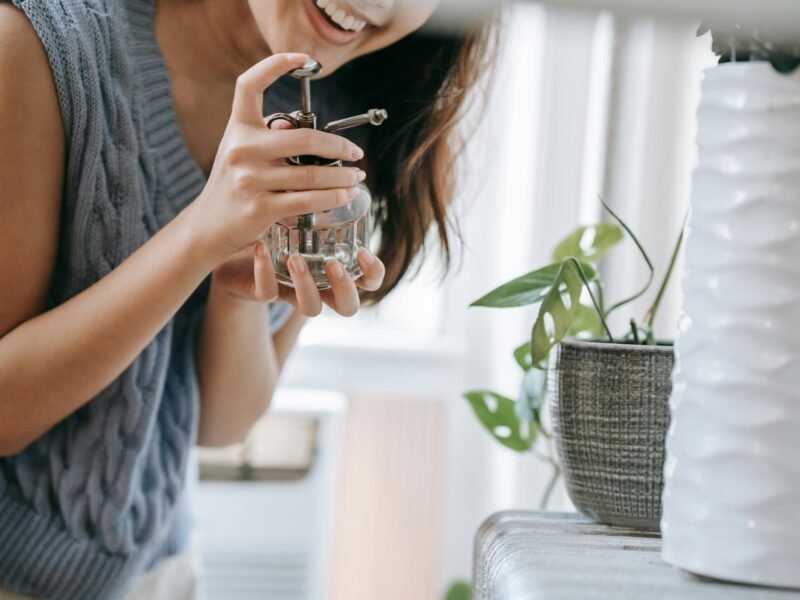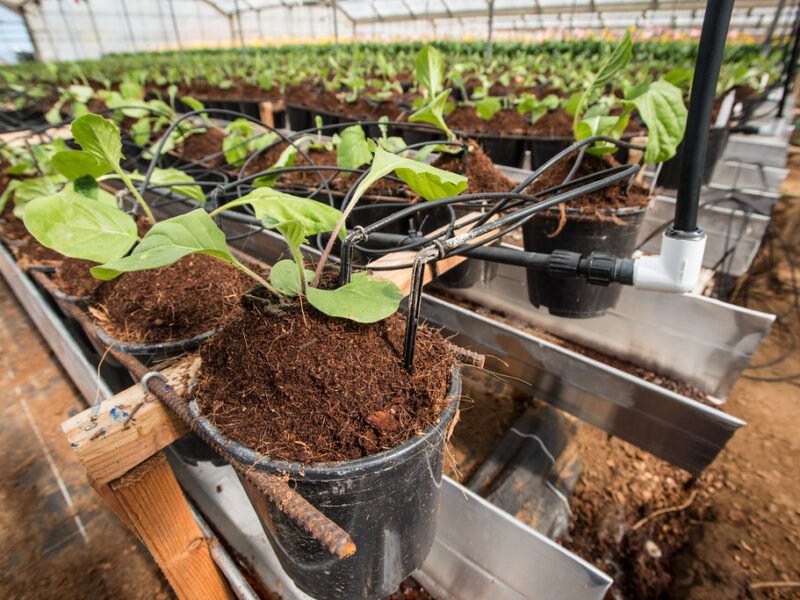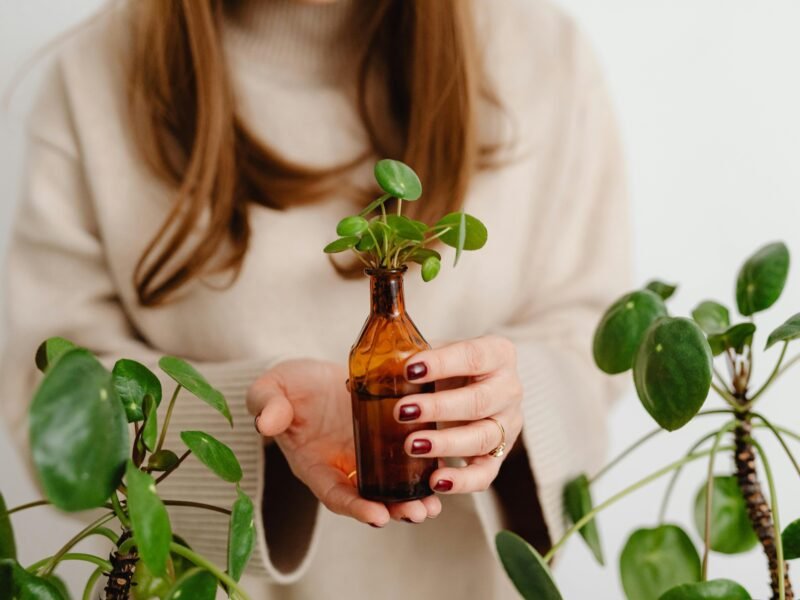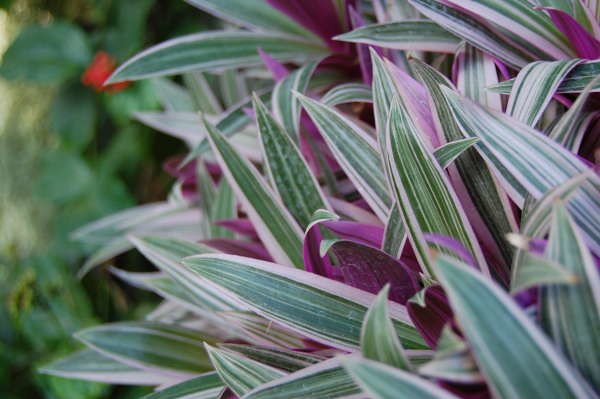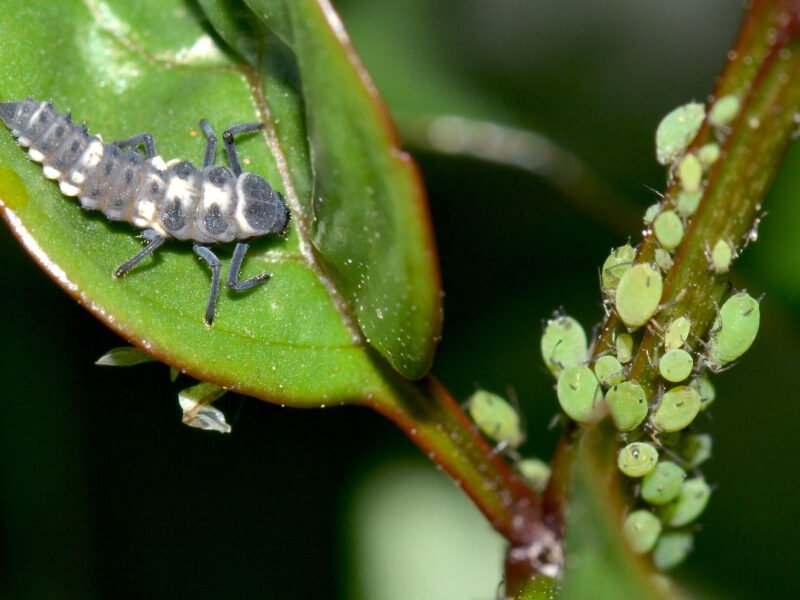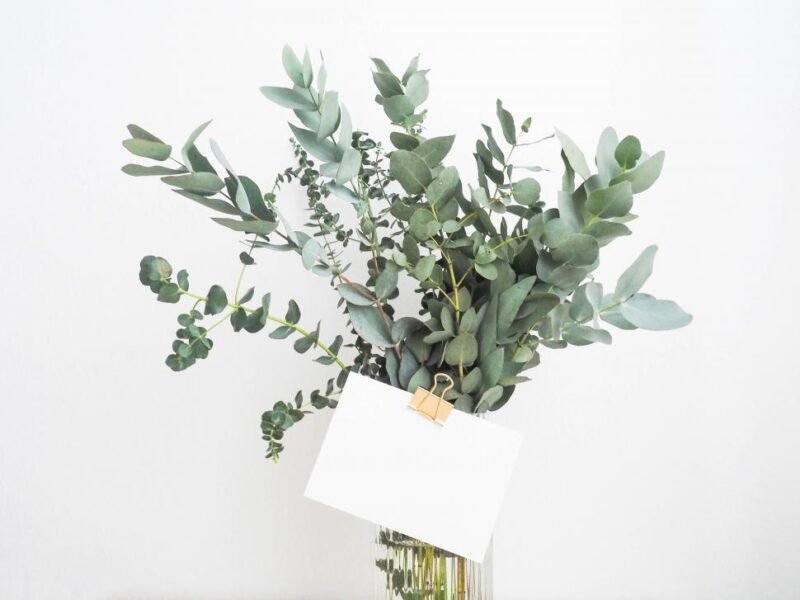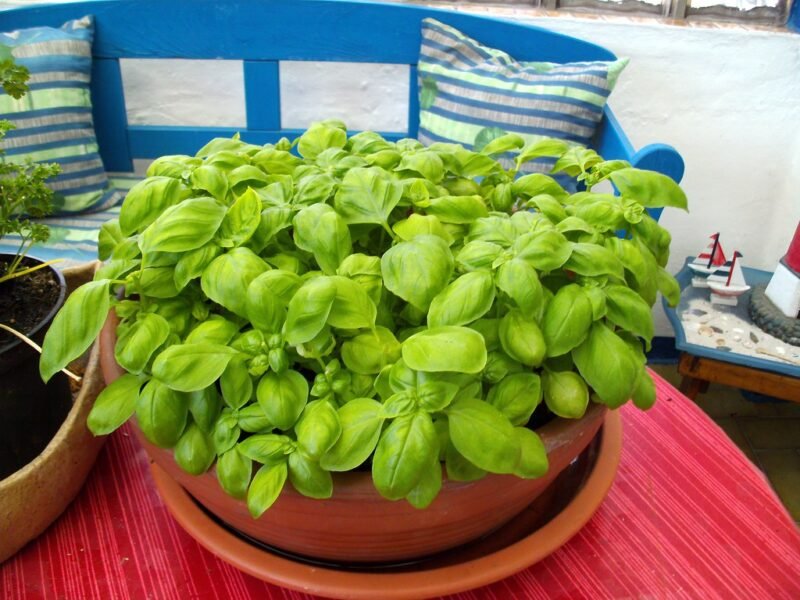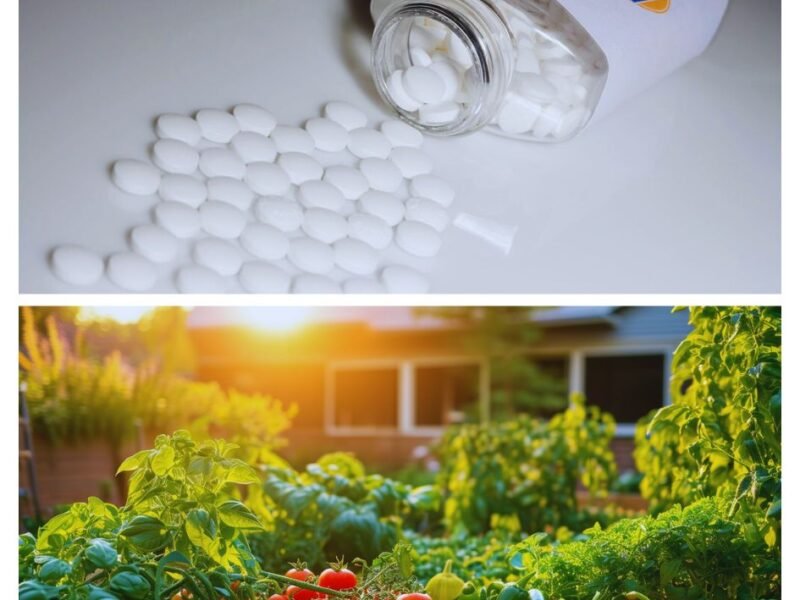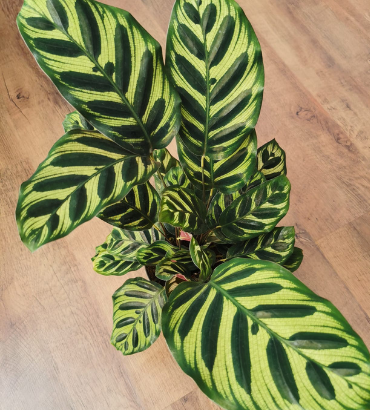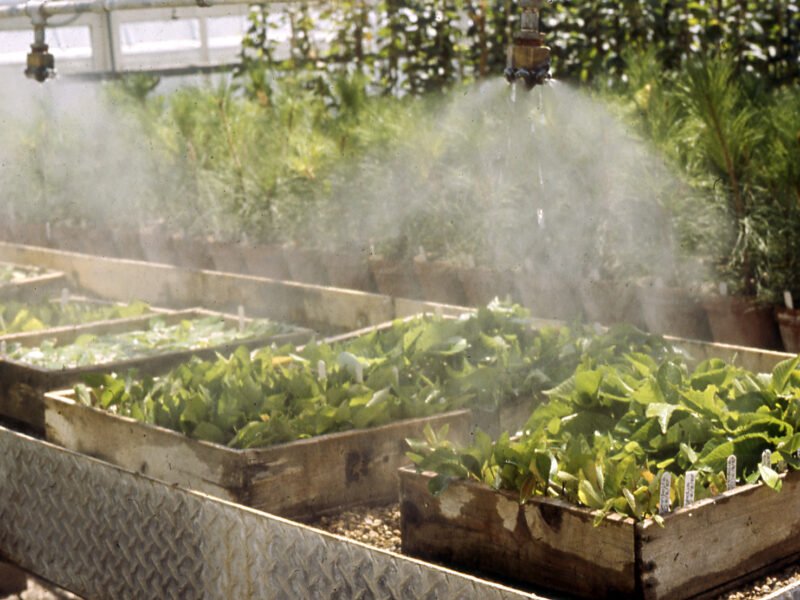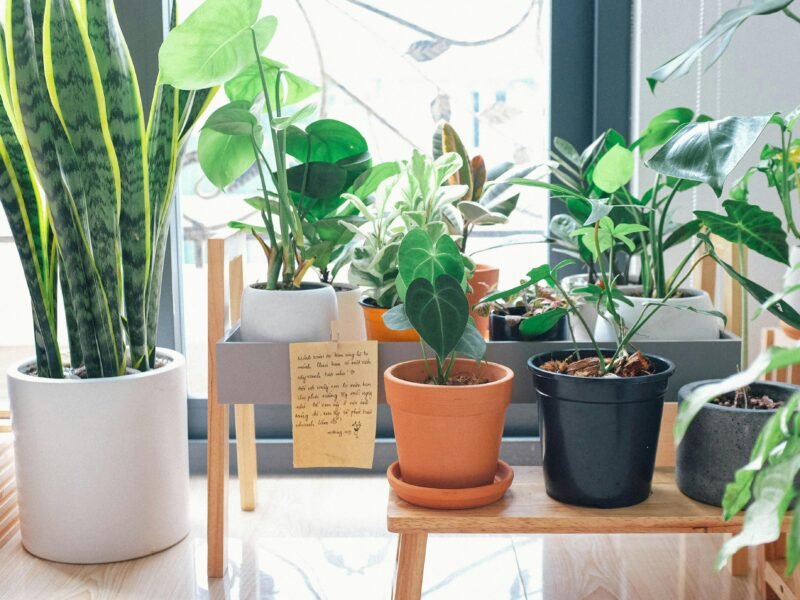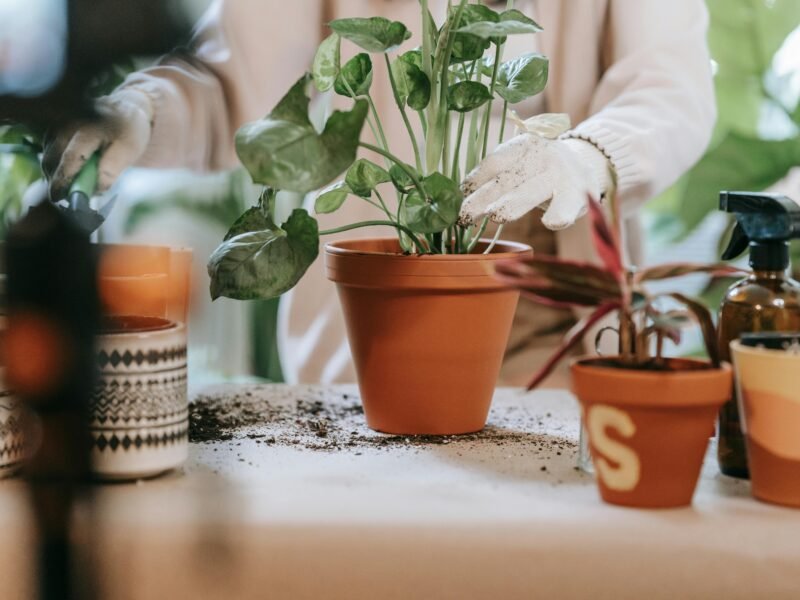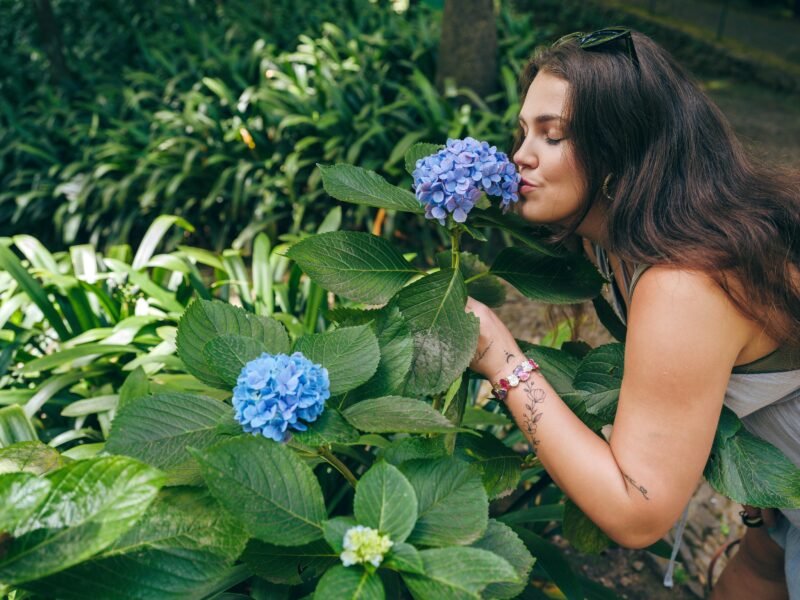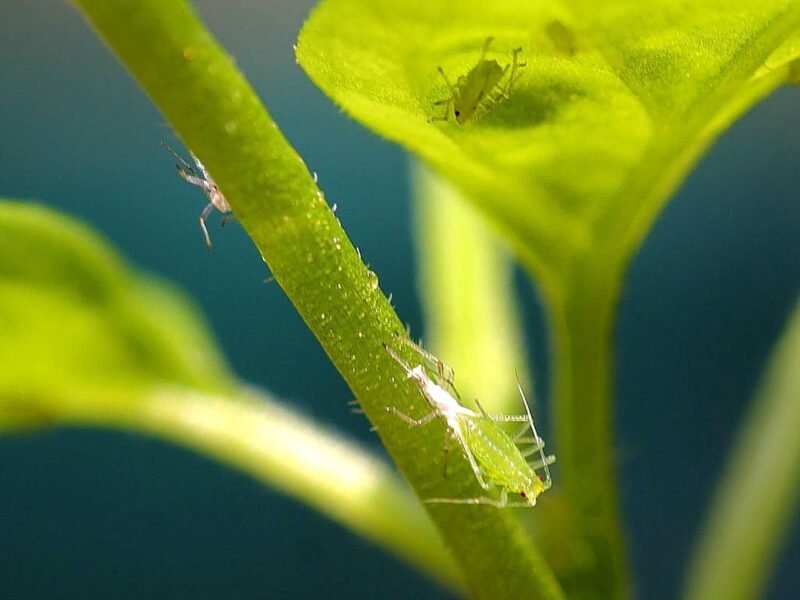Philodendron Plant-Grow and Care Guide
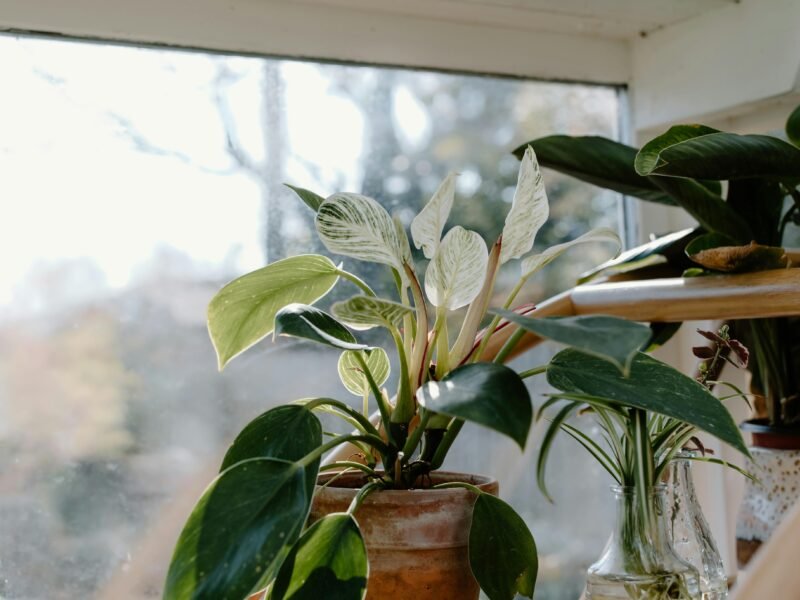
Philodendron plants are some of the most common indoor plants due to their rich, green coloring and low-maintenance reputation. Philodendron plants offer something for all experience levels, from first-time plant owners to seasoned green thumbs. In this article, we will provide detailed information about philodendron plants, including the history of the plant species, different varieties available, tips for caring for them at home, and benefits. See why everyone loves these plants by the end!
Table of Contents
ToggleBrief History and Origin
Philodendron is a genus of flowering plants in the family Araceae, which originates from tropical America in Asia. Philodendron comes from the Greek words philo, which means love or affection, and dendron, which means tree. This is a nod to the plant’s natural habit of climbing trees in the wild. The world first discovered philodendron plants in the early 1600s, and they have since become a favorite for growing both indoors and outdoors.
Native to tropical areas, philodendron plants do best in warm, high-humidity conditions. Their versatility, though, allows them to excel in indoor settings across a range of climates. As the 18th century came to a close, horticulturists introduced the plants to Europe, quickly gaining popularity due to their celadon appearance and ability to thrive under benign neglect.
Types of Philodendron Plant
The Philodendron genus includes more than 480 species, most suitable for indoor environments. It includes several popular types.
Heartleaf philodendron (Philodendron hederaceum): This is the most common type. It has heart-shaped dark green trailing or climbing leaves and is useful for hanging baskets or growing as a climber.
Philodendron Scandens: Like a Heartleaf, this plant enjoys climbing and trailing. One of the more forgiving philodendrons, it does well in indirect light.
Philodendron Brasil: Philodendron Brasil, also known as the Heartleaf, comes in a lime-green and deep green with a variegated appearance, meaning it can add more color to your living environment.

Philodendron Xanadu: A philodendron is a dense, compact plant with shiny, deeply lobed leaves. Because it fills out rather more in width than anything else, the Prairie Dropseed thrives as an accent on top of sideboards or as a decoration for floor displays.
Philodendron Birkin: Simple, elegant, and strikingly beautiful with its white pinstripes on deep green leaves, the Philodendron Birkin is perfect for brightening up any room.
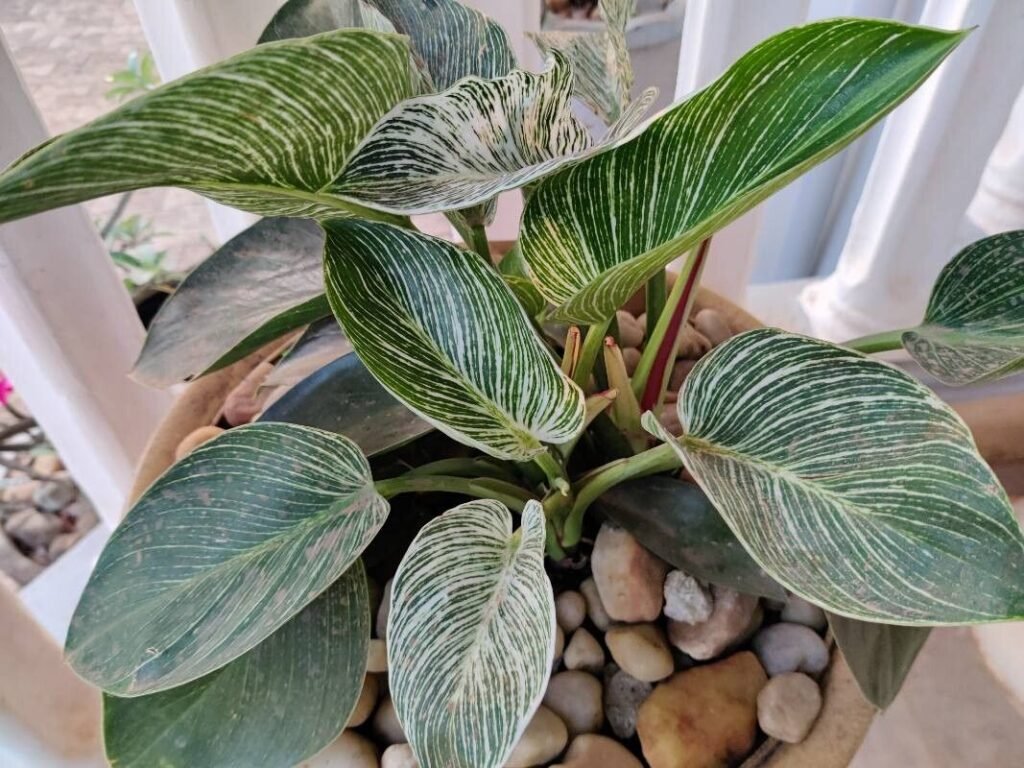
Philodendron Gloriosum: Another vining philodendron, this variety features larger leaves that are velvety with bright white veins, making for a bolder foliage option!
Care & Growing Tips
While it comes from distant lands, the philodendron is relatively undemanding and can get along indoors. This is a breakdown of proper philodendron care:
Light Requirements They can survive in low light but prefer bright, indirect sunlight. Too much direct sunlight can cause the leaves to scorch, whereas too little may lead to leggy growth and less foliage. Best place the plant next to a north or east window for indirect light. Philodendrons can tolerate lower lighting, but they will grow slower and may not be as vibrant.
Watering Needs: Philodendron plant is a popular houseplant choice because they will forgive you for missing your watering schedule and sometimes over-watering. Remember to water the plant when the top inch of soil is dry, but do not overwater it, as excess watering can cause root rot. Water your pot generously, allowing excess water to drain out from the bottom. Do not let water stand in saucers, making the soil too wet. Underwatering signs include plants that are wilting or have yellow leaves. Symptoms of overwatering include rusty or mushy roots and wilted leaves.
Humidity and Temperature: As philodendron plants are tropical, they require a more humid climate, ideally between moderate and high humidity. However, you can acclimate them to typical indoor moisture levels by spritzing the plant periodically or placing it near a humidifier. The ideal 40-60% will also tolerate low humidity with proper care. Keep philodendron temperatures between 65- and 80 degrees Fahrenheit, and do not expose them to cold drafts or let their ambient temperatures drop below 55 degrees F.
Soil and Potting: The philodendron plant is relatively tolerant of soil types but prefers well-draining, loose soil. A good-quality potting mix with perlite or peat moss is ideal for indoor plants. Because of their moderate growth rate, philodendrons may only need to be repotted every 1-2 years as they outgrow their pot. If you see roots growing out of the bottom drainage hole or your plant is becoming root-bound, it’s time to repot.
Fertilizing: Generally speaking, philodendrons are not heavy feeders, but small and regular fertilizing may positively affect healthier and more vibrantly growing plants. Fertilize with a balanced, water-soluble fertilizer every month during spring and summer. During the fall and winter, avoid or apply minimal fertilizer when growth slows down. Find out more about fertilizers here.
Pruning and Propagation: Trim leggy stems and yellow foliage to keep the philodendron looking tidy. Here’s a quick tip for maintaining bushier plants and preventing them from becoming too lean or spreading out.
Propagation: Stem cuttings are an easy way to propagate philodendron. All you have to do is snip a node below the plant and lay it in water or soil. The roots will begin growing within weeks. Read more about care tips here.

Problems and Solutions
Just like every houseplant, even your philodendron plant will face a few challenges. While these are fairly common, I see people struggle with them a lot, so here we go.
Yellowing leaves: This happens when you overwater a tender houseplant. Give your soil time to dry between waterings and find a routine that works for both. Leaves with brown tips are another sign that the humidity level in the room may be too low. Some examples include misting the plant and sitting it next to a humidifier.
Leggy: Philodendrons will become leggy when they do not receive adequate light. So, move the plant to a brighter place in your home and avoid direct sunlight.
Benefits of Philodendrons
Other than being lovely to look at, philodendrons have several healthful qualities that they can contribute to your indoor environment:
Air Purification: Philodendrons reportedly room better and remove toxins such as formaldehyde and others. This leads to a healthier indoor atmosphere, which consequently enhances the quality of the air.
Stress Relief: Researchers have found that having indoor plants around can lower levels of tension and help you relax! Philodendrons come in soothing green shades, and taking care of them can help to increase your well-being.
Boosting Productivity: Philodendrons and other plants in the workspace can improve mood, concentration, and productivity—not all are happy with this suggestion. Studies have reached the point where having plants around can uplift mood and attention—o— one of the reasons why these plant companions are perfect for home offices or study spaces!
Easiest Style in your home
Philodendrons, on the other hand, enjoy remarkable flexibility in your home décor. Let’s discuss a few ways to fit these beautiful plants in your homes.
For an even cascading look in hanging baskets, consider using trailing philodendrons like the heart leaf or Brazil in your planters.
Aerial feature: Train aerial types to climb a moss pole or trellis, which will be an eye-catching vertical green statement.
Tabletop decor: A bushier plant such as the Philodendron Xanadu is a great choice for tabletop or floor plans, adding a splash of tropical vibe to your space.
Accents for shelving: For lifeless bookshelves or plant stands, just add some smaller Philodendrons.
Philodendron plant is a great way to add greenery to our space while requiring minimal care. Philodendron plants are extremely popular among plant lovers because of their wide range of sizes and shapes, air-purification characteristics, and adaptability. Whether you’re planting them for their aesthetic appeal or their health benefits, with a little care and attention, these philodendron plants will thrive. So why not buy a philodendron for yourself?
Most Viewed
Latest Articles



